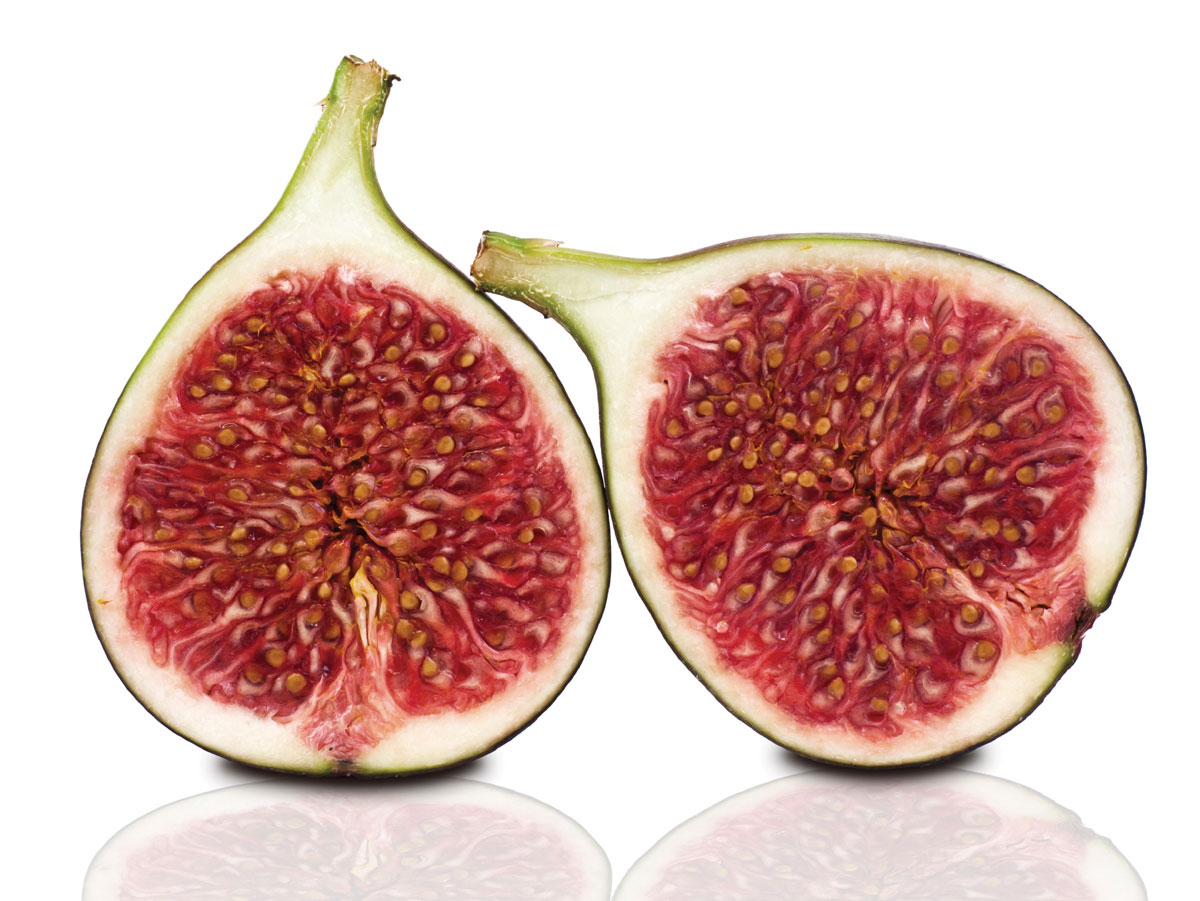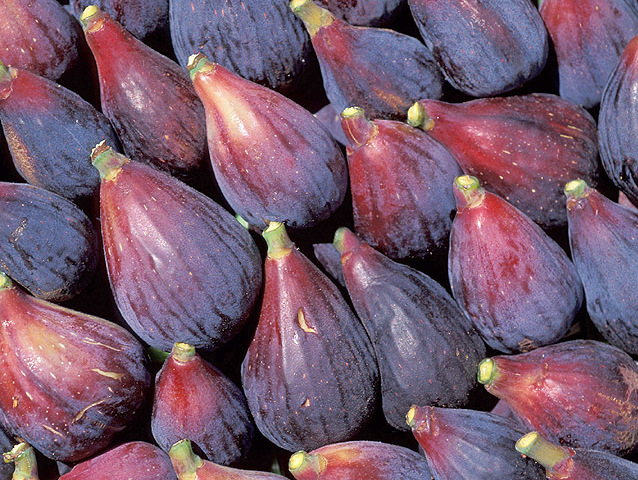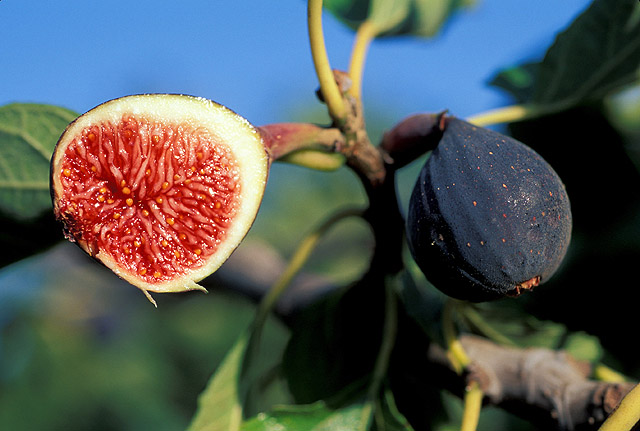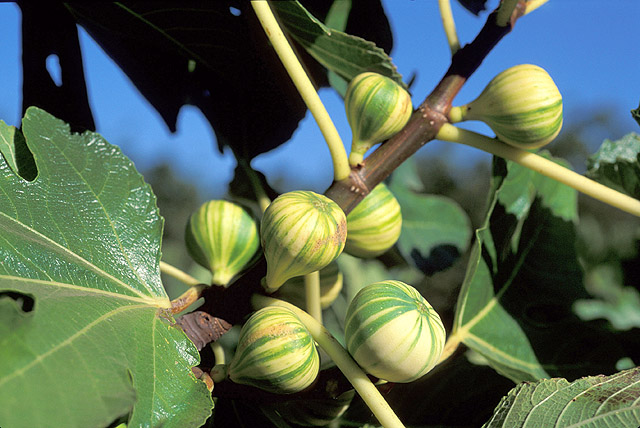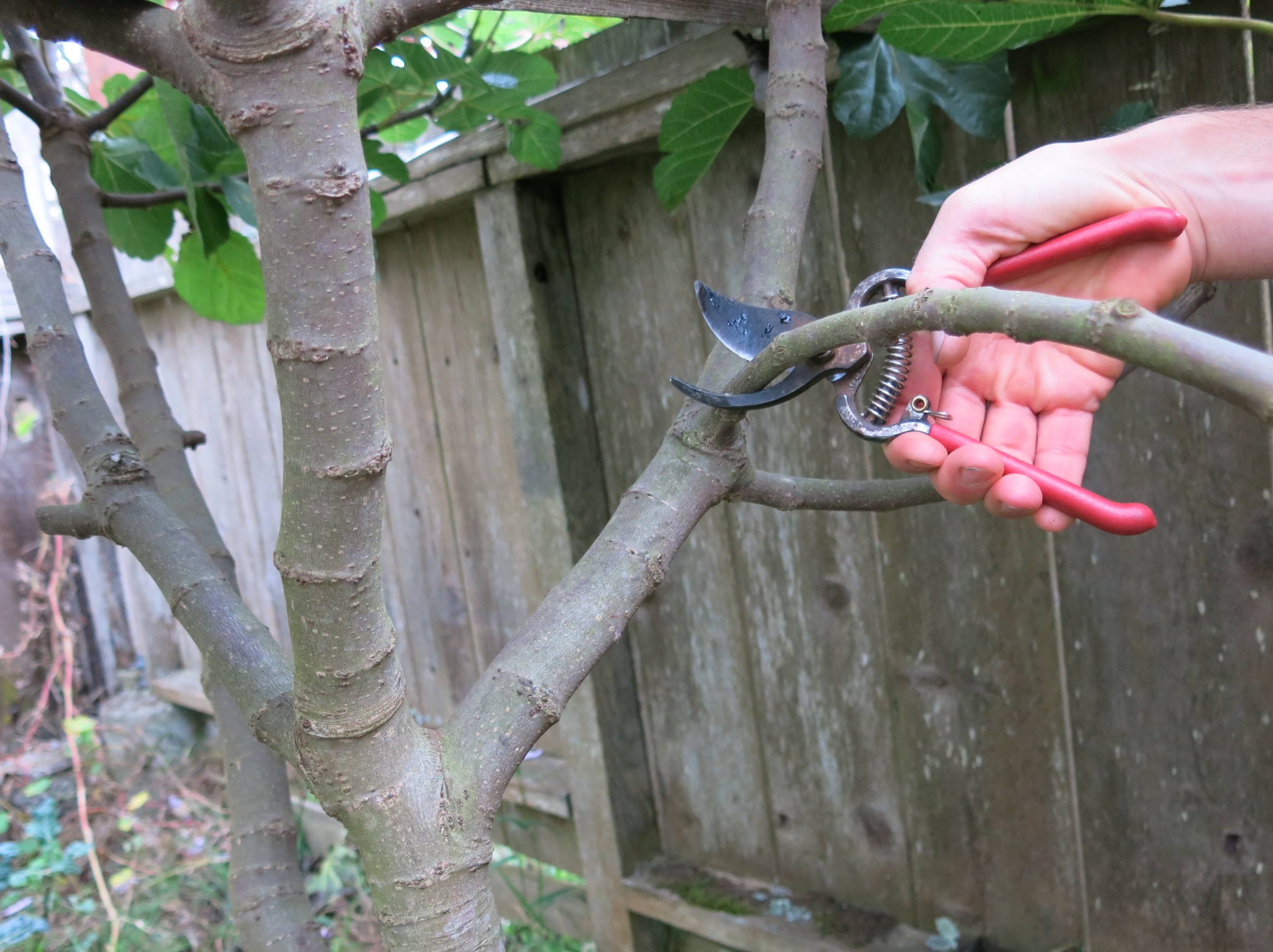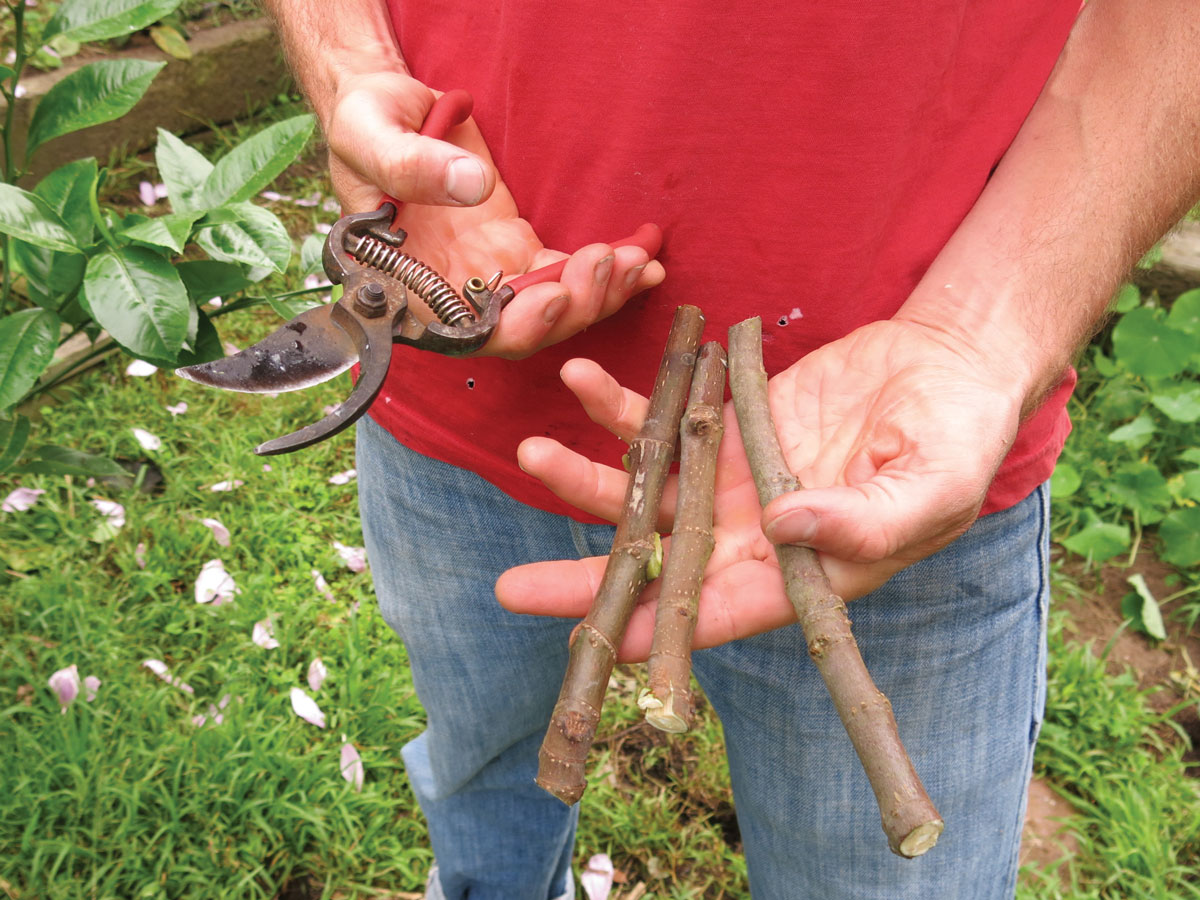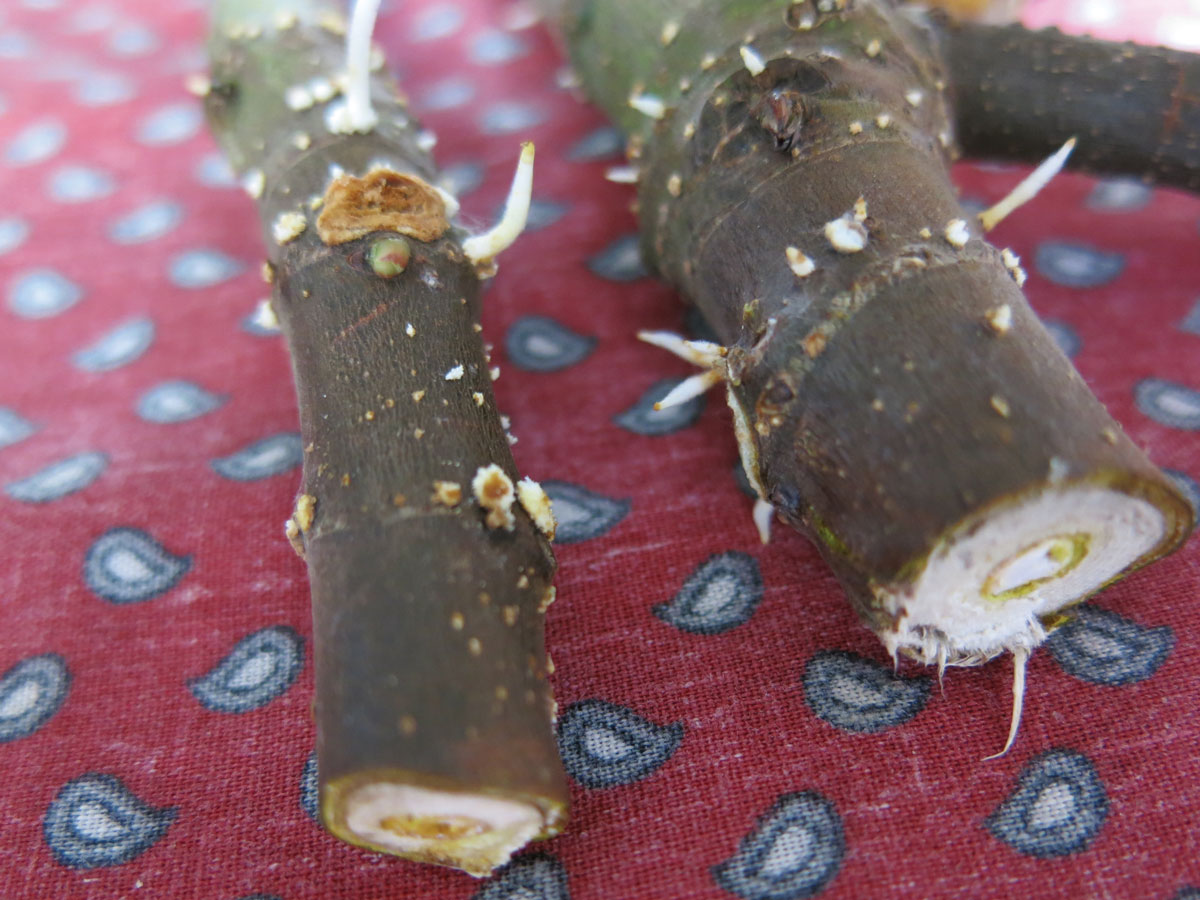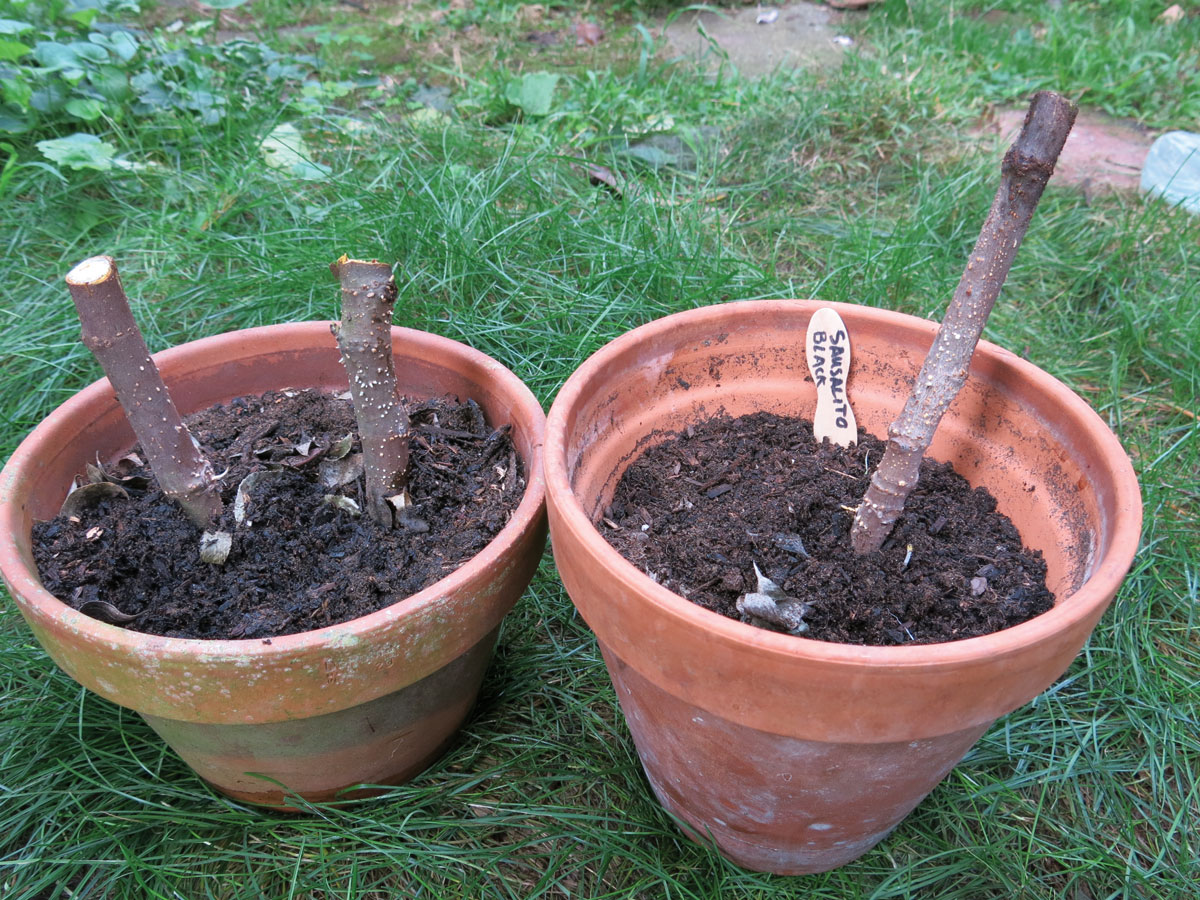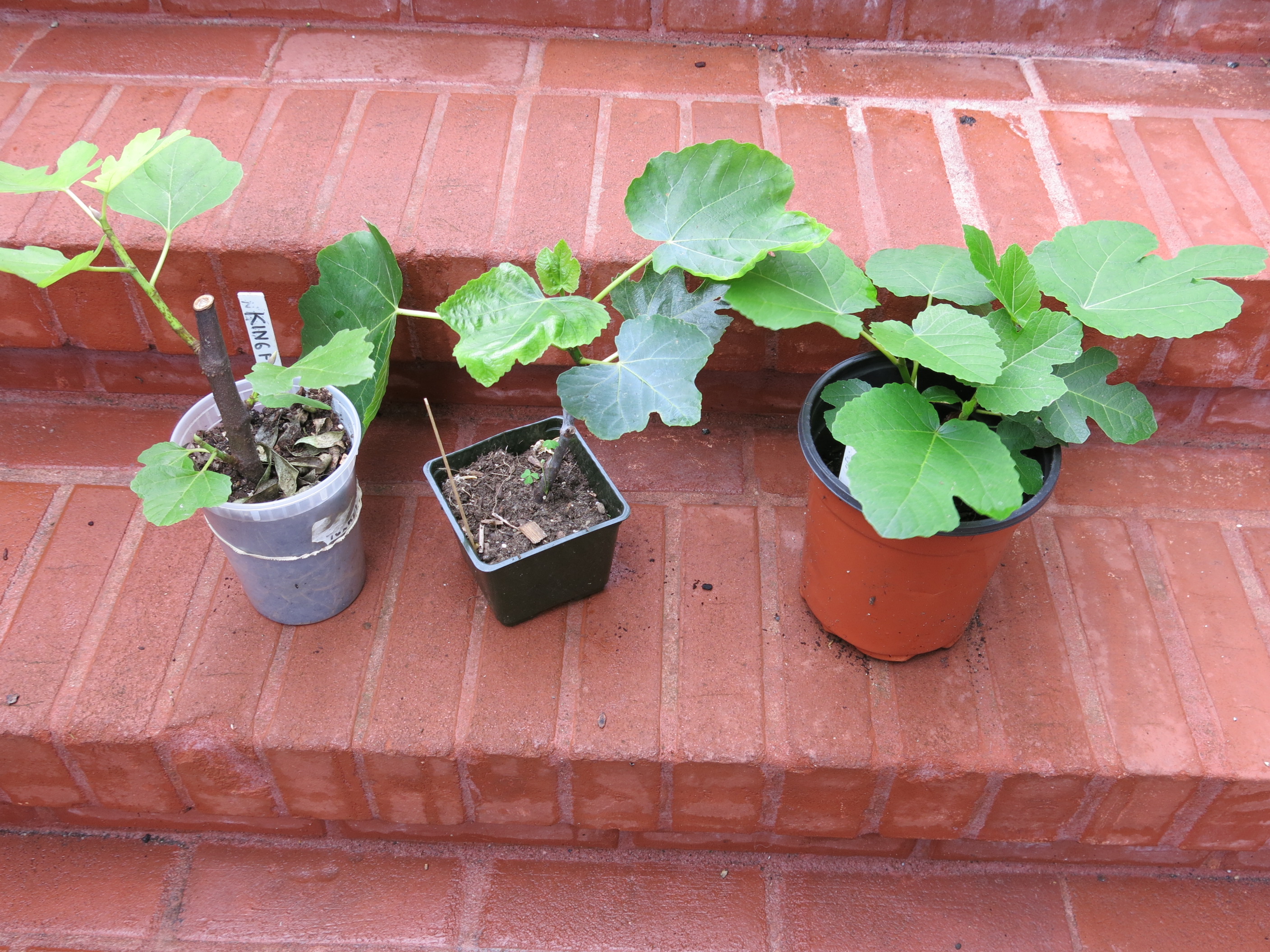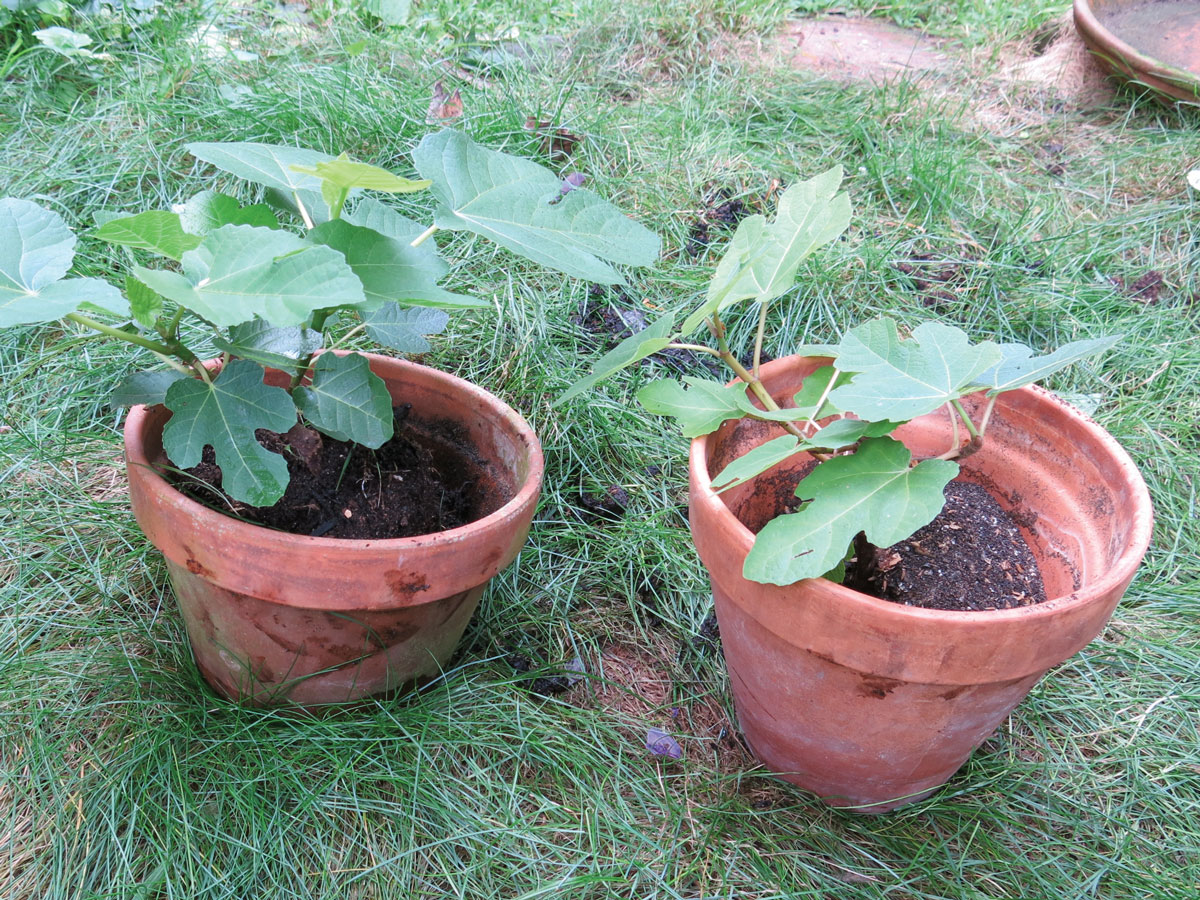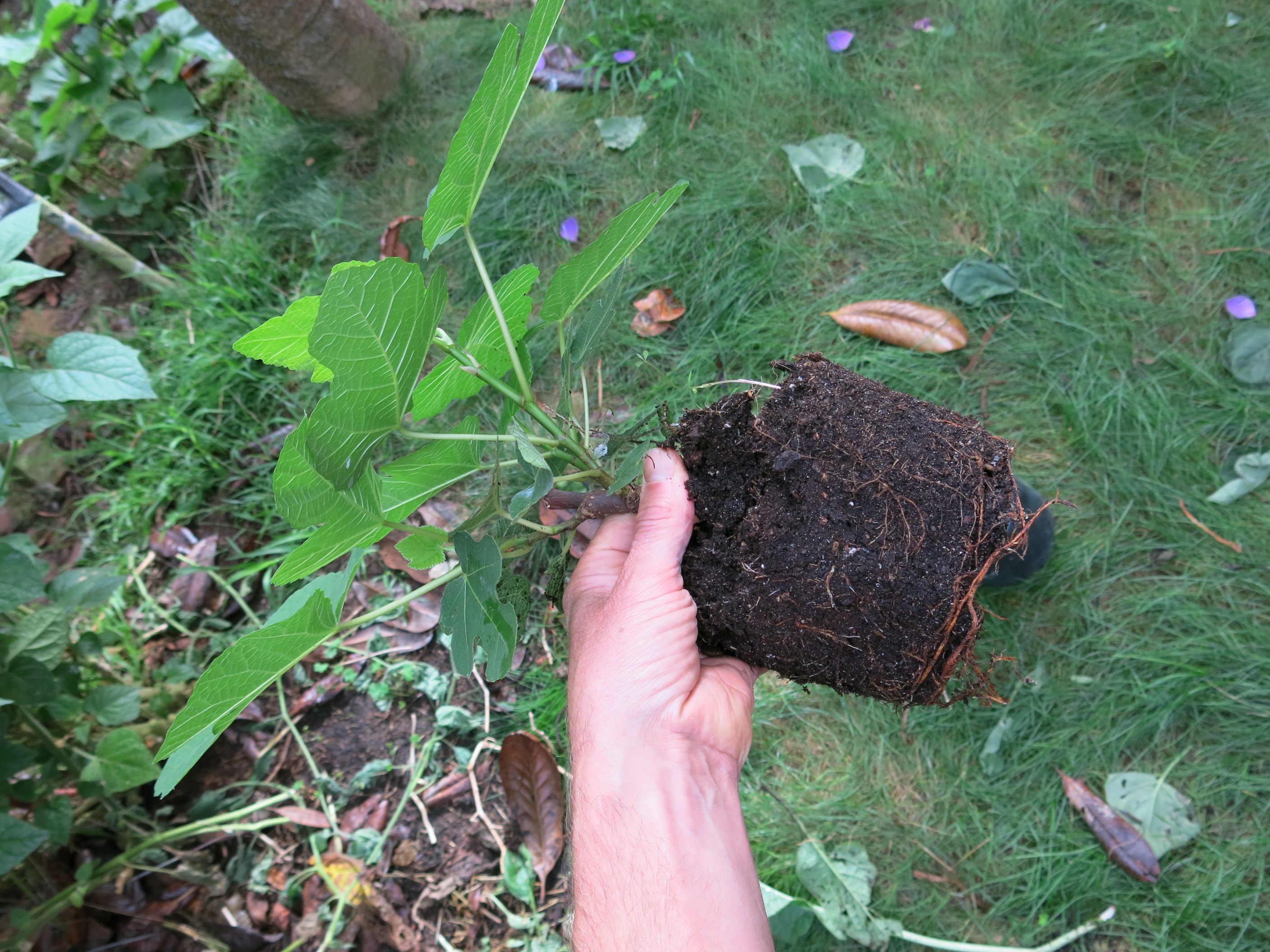There’s something uniquely beautiful — both visually and culturally — about figs. The jammy, teardrop-shaped fruits have been loved for centuries in Europe, and for millennia further east. Now they’re gaining popularity in the United States and Canada, where more and more people are growing the trees at home.
If you start watching over neighbor’s fences, chances are, whether you’re in Seattle, New York or Austin, that you’ll start noticing fig trees. The temptation to duck into a yard and snatch a few low-hanging beauties can be powerful — but the civil option is to knock on the owner’s door and, hopefully, gain per-mission to take away a bag full. Still, you’ll eventually have to face the fact that these figs are not yours.
Unless you clone the tree. It’s not rocket science. In fact, it’s beautifully simple and one of the very oldest tricks in agriculture.
Happily, figs are among the easiest of fruit trees to clone. That’s because they needn’t be grafted onto an existing tree, as with most other fruits. Rather, a freshly cut fig branch can be crudely placed in the ground, where it will root, grow, and eventually produce heaps of the very same fruit borne by its mother tree. Fig trees can also be grown to fruit-bearing size in a pot — meaning you don’t even need a yard.


